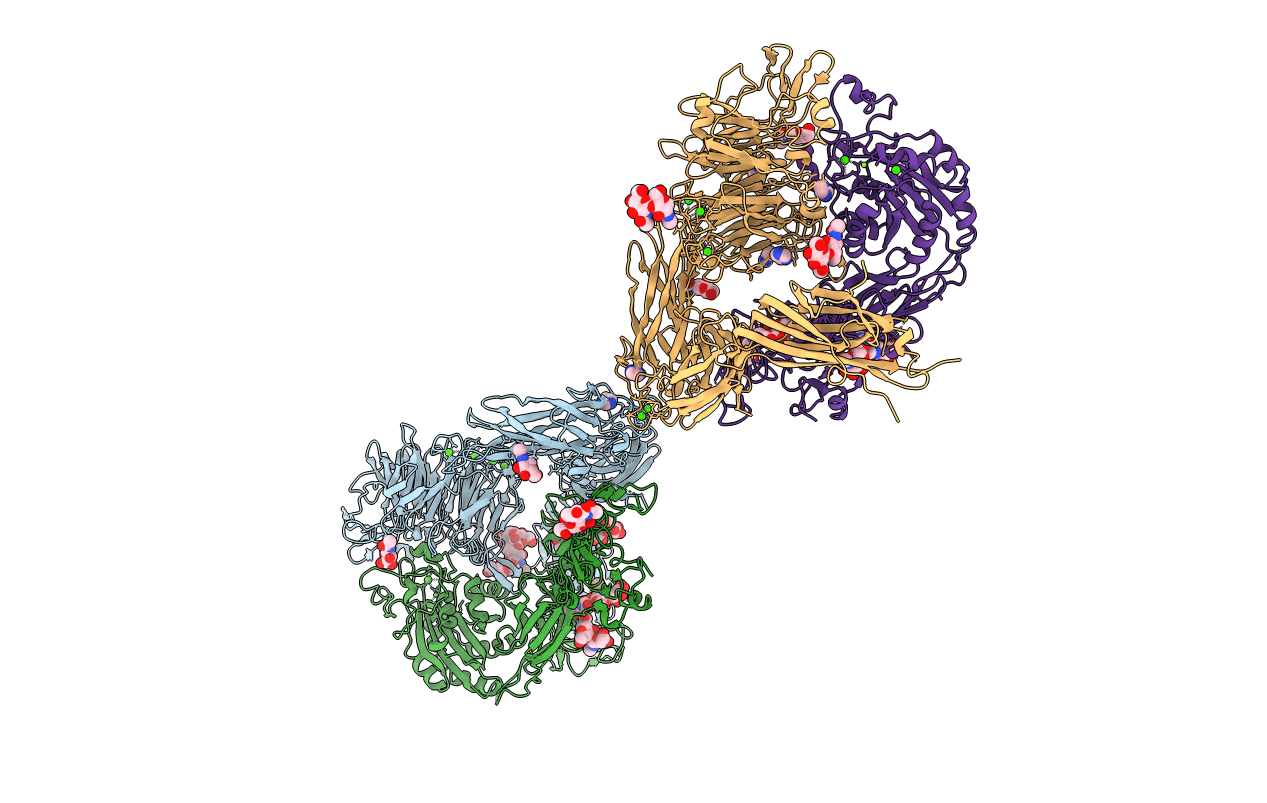
Deposition Date
2008-11-22
Release Date
2009-01-20
Last Version Date
2024-10-16
Entry Detail
PDB ID:
3FCS
Keywords:
Title:
Structure of complete ectodomain of integrin aIIBb3
Biological Source:
Source Organism:
Homo sapiens (Taxon ID: 9606)
Host Organism:
Method Details:
Experimental Method:
Resolution:
2.55 Å
R-Value Free:
0.26
R-Value Work:
0.23
R-Value Observed:
0.23
Space Group:
P 41


